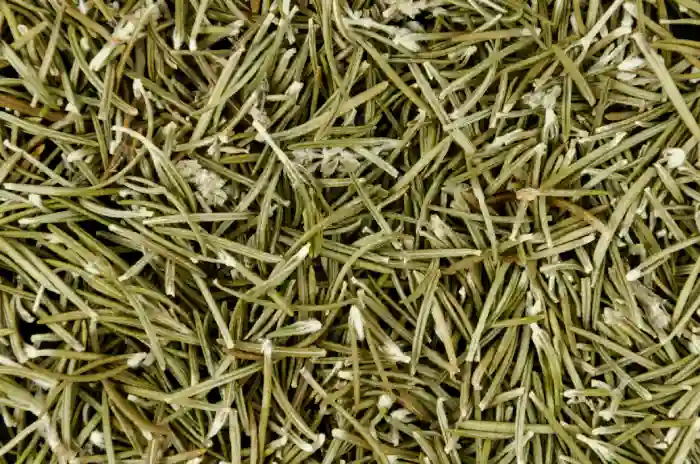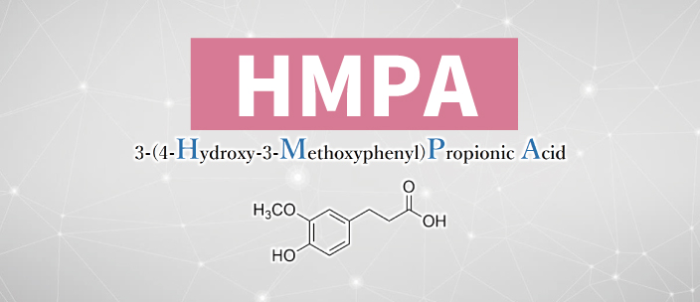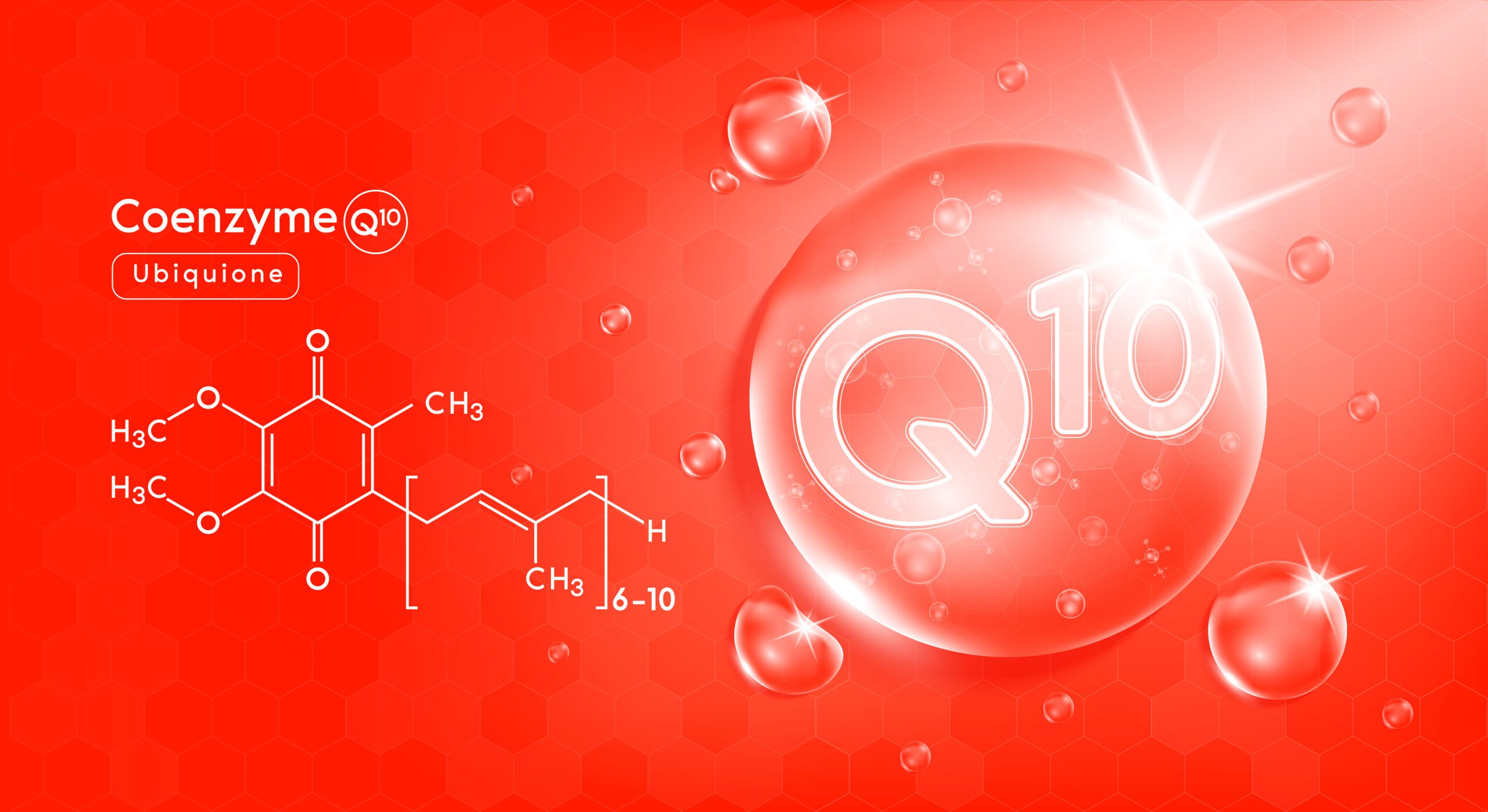Key Insights on the Hypoglycemic Mechanism of Astragalin from Mulberry Leaves
Mulberry leaf polyphenols have long been investigated for their hypoglycemic effects, yet the exact mechanisms behind these actions remain a subject of ongoing research. One such compound, astragalin, has recently drawn attention for its potent α-glucosidase inhibitory activity, which plays a crucial role in regulating blood sugar levels. A combination of molecular docking and multispectroscopic techniques has shed new light on how astragalin exerts its effects, suggesting that this polyphenol could have significant therapeutic potential for managing diabetes.
The study revealed that astragalin inhibited α-glucosidase with an IC50 value of 154.5 µM, making it the most potent among the primary polyphenols extracted from mulberry leaves. This inhibition was achieved through a single binding site, which interacted with the enzyme via a static quenching mechanism. Notably, astragalin’s binding also induced conformational changes in α-glucosidase, specifically reducing its α-helix content, an indication of the enzyme’s unfolding and diminished activity.
Molecular docking analysis further identified two key hydrogen bonds between astragalin and critical residues of α-glucosidase (Ser-88 and Tyr-133), forming a stable complex driven by van der Waals forces and hydrogen bonds. In addition to this enzyme interaction, astragalin’s hypoglycemic effects were amplified at a concentration of 80 µg/mL, where it activated the AMP-activated protein kinase (AMPK) signaling pathway, a known regulator of glucose metabolism.
In vitro studies using high-glucose human hepatocellular carcinoma (HepG2) cells confirmed these findings, indicating that astragalin’s hypoglycemic potential may be attributed to both its α-glucosidase inhibition and its AMPK activation. This discovery adds to the growing body of evidence supporting the use of astragalin-rich foods in the management of diabetes mellitus, offering a promising avenue for future dietary interventions.
Commentary by SuppBase columnist Alice Winters

Astragalin, a polyphenol commonly found in mulberry leaves, has caught the attention of researchers for its ability to modulate blood sugar levels, and the recent study discussed here adds crucial details to our understanding of its mechanism. The inhibitory action on α-glucosidase—a key enzyme responsible for breaking down carbohydrates—could provide a natural strategy for controlling postprandial blood glucose spikes, a common concern for those managing type 2 diabetes.
However, while the study presents compelling evidence of astragalin’s efficacy in vitro, the translation of these findings into real-world clinical applications still requires careful consideration. The concentration of astragalin that yielded the best results (80 µg/mL) may not easily be achievable through typical dietary intake of mulberry-based foods or supplements. Therefore, further research on bioavailability and dosage optimization will be essential for determining whether these effects are replicable in humans outside of a controlled laboratory setting.
In terms of the mechanism, the fact that astragalin can change the secondary structure of α-glucosidase and reduce its activity is a significant finding. It underscores the potential of astragalin not only as an α-glucosidase inhibitor but also as a modulator of enzyme functionality at the molecular level. This opens up an interesting conversation about the broader implications of polyphenols in enzymatic regulation, and whether such compounds could be used in combination with other treatments to enhance the overall efficacy of diabetes management.
While promising, this research also raises important questions about the long-term safety and potential side effects of astragalin supplementation. As is often the case with natural compounds, their effectiveness can vary depending on factors like purity, dosage, and individual response. Additionally, the environmental and sustainability aspects of sourcing astragalin-rich products should be carefully evaluated to ensure that they contribute positively to both consumer health and the planet.
In summary, astragalin shows significant potential as a hypoglycemic agent, and its inclusion in functional foods or supplements might provide a valuable tool for managing blood sugar levels. However, much like any emerging supplement, it will take more in-depth studies, particularly human trials, to determine its true therapeutic value in everyday healthcare.



